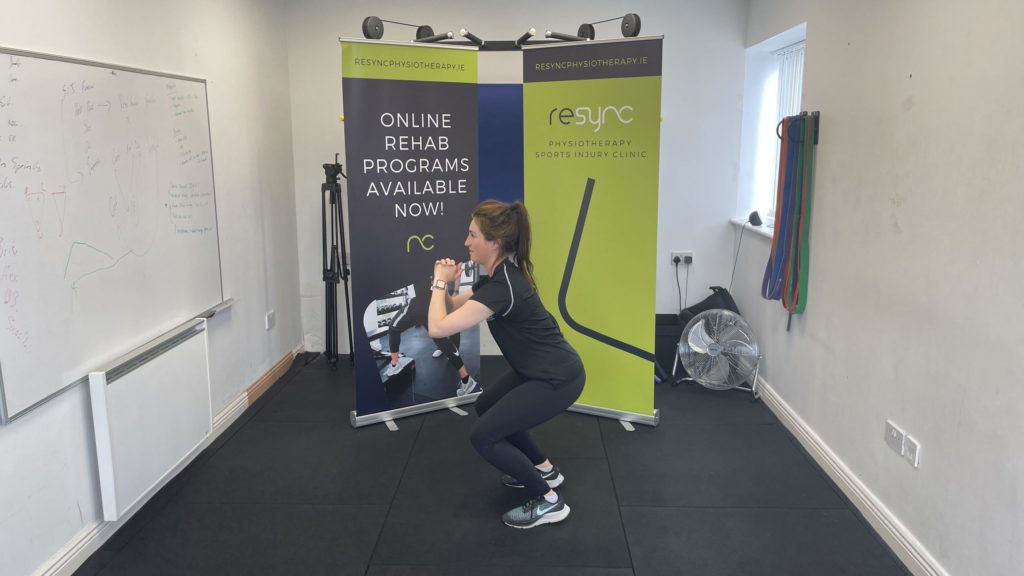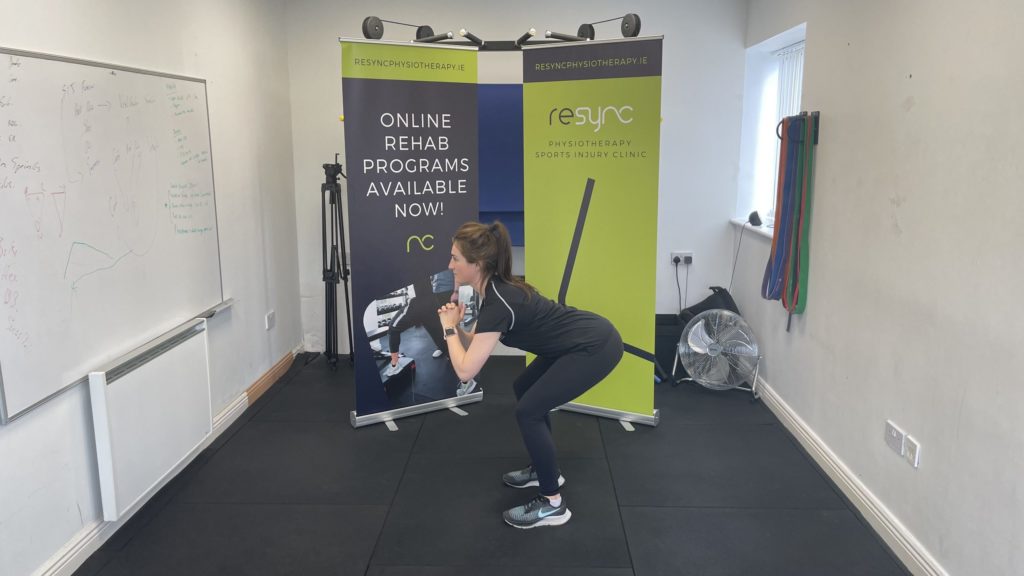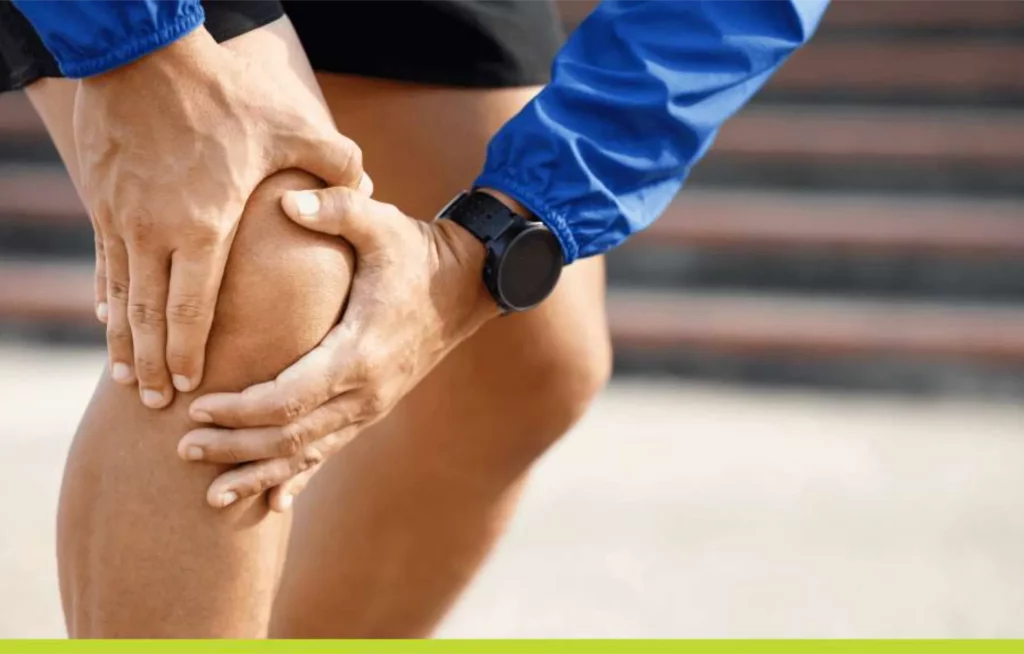Runners’ Knee Pain is described as, “any knee pain which presents before during or after running exercise”. The cause of Runners’ knee is due to the tracking of the kneecap (patella) over the Femur Bone. When the patella tracks medially or laterally this causes pain.
In non-painful knees, the patella tracks centrally but due to the weakness of some muscles and tightness of other muscles the patella can track laterally (most common) or medially (less common) over the femoral condyle. This is known as a biomechanical issue. Over time this issue can damage the underside of the patella where it becomes painful.
To successfully treat runners knee you must treat it in 3 stages:
- Reduced pain
- Identify and treat the Biomechanical issue
- Improve fitness to reduce muscle fatigue and re-injury
How to Reduce Runners’ Knee pain
Stop Running
Ok, now I know a lot of people think they need to stop exercise completely to rest the knee. This is not the case, you only have to stop running. The constant load being placed on the knee as you run will only irritate it.
- Try to take a lift to work and avoid the stairs for a few days.
- Ice and Anti-inflammatories can also help reduce the pain in the knee and assist recovery, and the average time to reduced knee pain is 10 days +/- 3-4 days.
- To keep up some training you can cycle or swim. Do not use the cross trainer or row as this can irritate the patella.
Identify Biomechanical Issues
Firstly to fully understand this point we need to look at:
- Your running technique
- Knee/Hip Dominance
Running Technique
Running technique, with regards to Runners’ Knee, focuses on landing technique and appropriate neuromuscular control to cushion the landing and avoid overstressing the Patella and Patella Tendon. Weakness in the Quads, Gastroc and Soleus muscles are good predictors of Runners’ knee.
Secondly, weakness in the glute med and ankle stabilisers can cause your landing technique to result in a medial knee drift. (See Photo)
The landing impact forces the knee medially which in turn directs the pull of the patella laterally, thus causing the patella to track poorly and rub off the lateral femur condyle.

Hip and Knee Dominance
Hip Dominance can be identified during a simple squatting movement. (See Photo)
Which photo looks similar to the way you squat?


The reason this is important is that it tells us what muscles your body tries to use in order to complete a movement.
Knee dominant means you load more of your knees and therefore can be more suscpetible to knee issues if you run too much
Hip dominnant means you load more of your hips and therefore can bme more susceptibel to knee issues if you run too much.
This is a good starting point to identify the strategies you use to move.
From there we can creat a program to balance out your strategy and recruit other muscles to support your knees as you run.
How Physiotherapy can help Runners’ Knee
When you start to notice a pain in your knee after or during running it would be best to consult a physiotherapist before it gets worse. Feel free to ring and speak to one of our experienced physiotherapists to discuss the best course of action as sometime a little guidance is all that is needed to prevent this injury from deteriorating.
For more severe cases a comprehensive physiotherapy exam reviewing your movement patterns, running gait analysis and hip and knee stability will show your strengthen deficits and which areas need attention to resolve your pain.
We review your
- Hip Strength
- Hip Mobility
- Knee Strength
- Hamstring and Quadriceps flexibility
- Calf Strength
- Calf Flexibility
- Ankle Mobility
- Gait Analysis
- Lower Limb Endurance
From this information we can design a tailored program to address the issues found in the assessment. In many cases your patella tendon could be the issue in which case some Shockwave Therapy (sounds worse than it is) will help to reduce that pain quickly, and get you back running.
Get in touch and ask any questions you may have regarding the treatments we treat.
This Article was written by Diarmuid Hegarty, Clinical Director ReSync Physiotherapy, MICP MSc Physio, MSc Sports Med, NSCA. Our team are here to answer any questions or queries you may have about your pain/injury. We offer Free Consultation for people who are unsure if physiotherapy is right for them.

